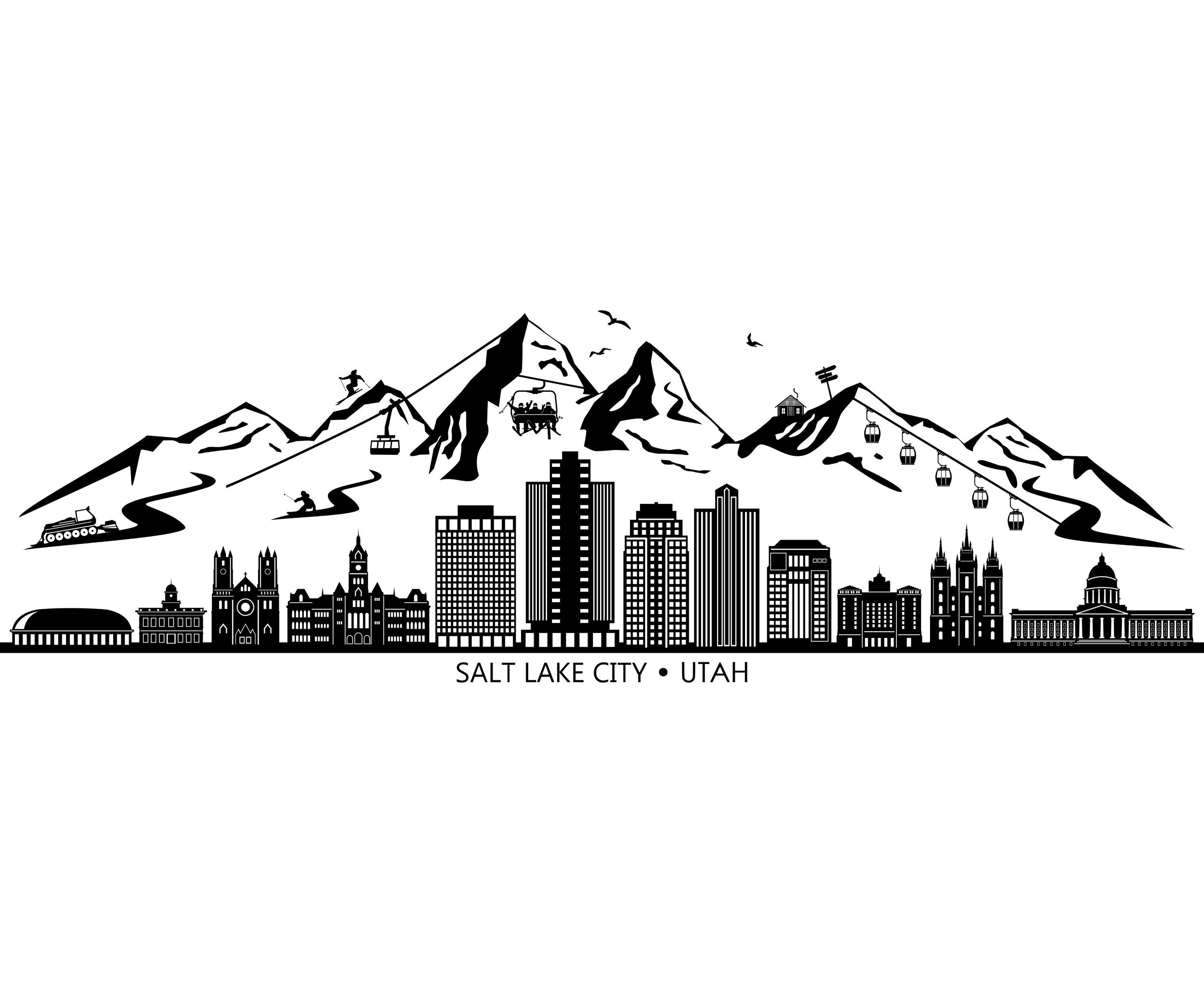

Entrance is free and open to the public most of the year.However, today it is part of the federally protected California National Historic Trail. The tragedy of the Donner-Reed Party limited extensive use of the Hastings Cutoff as an overland migration trail. Abandoned wagon parts from the party were present on the flats well into the 1930s, and the wheel tracks from their wagons are still visible today at certain points along the trail. A factor contributing to the Donner-Reed tragedy in the Sierra Nevadas was the delay the party experienced on the Salt Flats when their wagons became mired in the mud found just below the thin salt crust. Promoted by Lansford Hastings as a faster and easier route to California, the Hastings Cuttoff proved to be just the opposite for the ill-fated Donner-Reed party of 1846. In the following year, Fremont's route across the flats would come to be known as the Hastings Cutoff route along the California Trail. government-sponsored exploratory expedition crossed through the very heart of the Salt flats in an effort to find a shorter overland route to the Pacific. Before then, Native Americans throughout the region were familiar with the desert region west of the Great Salt Lake and informed white explorers of what was there. It is from Benjamin Bonneville that the Salt Flats and ancient lake derive their name, although there is no historical record to show that Bonneville himself ever saw the area that bears his name.īefore Joe Walker, fellow trapper and frontier explorer Jedediah Smith was perhaps the first white man to cross the Salt Flats in 1827 while returning from his first expedition to California. In those days, it was common for fur trappers to name significant landmarks after their employers, perhaps in an effort to gain favor or better wages. Walker mapped and explored the area around the Great Salt Lake and crossed the northern perimeter of the Salt Flats while working for a fur trading company run by Captain Benjamin L. In 1833, trapper, trader, explorer, and legendary frontiersman Joseph R. Wind, periodic rainstorms, and regional climate also play an important part in changing salt crust conditions throughout each year. The flats are about 12 miles long and 5 miles wide with total area coverage of just over 46 square miles.ĭuring the fur trapping era of the 1820- 30s, numerous fur trading companies operated in the area of Utah. During the cooler months of the year (November to May), evaporation slows down and the ground water floods the Salt Flats several inches deep. When temperatures rise in the late spring and summer months, the salty water rapidly evaporates in the heat, and the minerals are left behind to form the salt crust. Today, ground water slowly flows towards the Salt Flats from the surrounding watershed, picks up dissolved minerals along the way, and percolates up to the surface via a shallow brine aquifer. The area is comprised of approximately 90% common table salt. Total salt crust volume has been estimated at 147 million tons or 99 million cubic yards of salt. Near the center of the salt, the crust is almost 5 feet thick in places, with the depth tapering off to less than 1 inch as you get to the edges. Potassium and magnesium are also present in smaller concentrations.

These minerals include gypsum (commercially used to make household wallboard) and halite (common table salt). When this large amount of fresh water slowly disappeared over time, large concentrations of dissolved minerals were deposited in the soils that form the watershed for the Bonneville Salt Flats. Lake Bonneville covered approximately 1/3 of Utah and was almost 1000 feet deep in the area of the Salt Flats. The formation of the Salt Flats began at the end of the last Ice Age, when the waters of ancient Lake Bonneville began to recede.


 0 kommentar(er)
0 kommentar(er)
